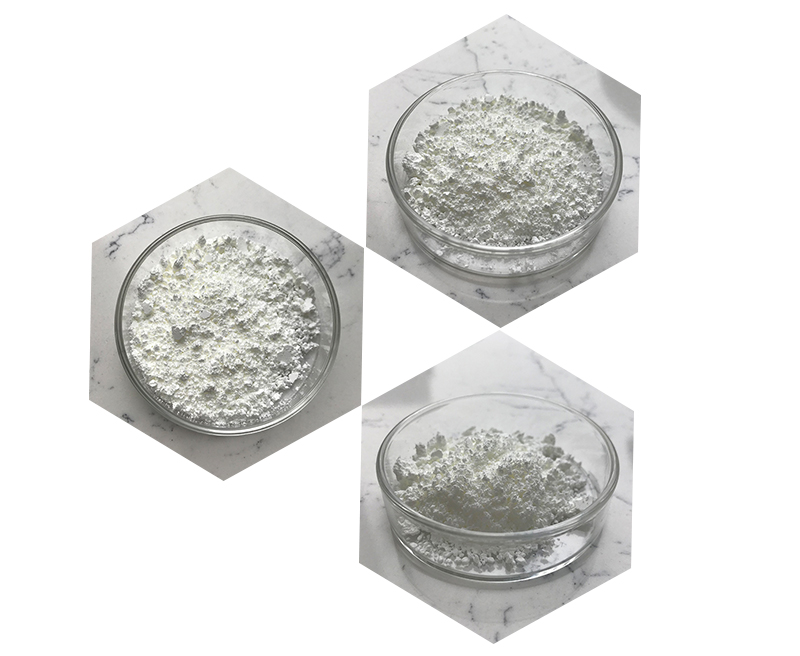Glycyrrhetinic acid is a bioactive compound derived from glycyrrhizin, which is found in licorice root (Glycyrrhiza glabra). The basic component of glycyrrhetinic acid can be understood by looking at its chemical structure and its core functional groups.
1.Chemical Structure: Glycyrrhetinic acid has a triterpenoid structure, which is a class of chemical compounds composed of three terpene units with a molecular formula of C₃₀H₄₆O₄.
2.Functional Groups:
Carboxylic Acid Group: This is represented by the -COOH group and is responsible for the “acid” part of glycyrrhetinic acid.
Hydroxyl Groups: There are hydroxyl (OH) groups attached to the carbon backbone of the molecule.
Ketone Group: A carbonyl group (C=O) attached to two carbon atoms.
3.Backbone: The core structure is a pentacyclic triterpenoid, meaning it has five rings that are fused together, which is characteristic of many natural steroids.
4.Derivation: Glycyrrhetinic acid is formed from glycyrrhizin, which is hydrolyzed (broken down with water) to remove sugar units and yield the aglycone (non-sugar part) glycyrrhetinic acid.
In summary, the basic component of glycyrrhetinic acid is its pentacyclic triterpenoid structure, containing key functional groups such as carboxylic acid, hydroxyl, and ketone groups. This structure is what imparts glycyrrhetinic acid with its bioactive properties.

Efficacy and Action of Glycyrrhetinic Acid
Glycyrrhetinic acid (GA) is a bioactive compound derived from glycyrrhizin, the main constituent of licorice root (Glycyrrhiza glabra). Glycyrrhetinic acid has a wide range of pharmacological properties and actions, including anti-inflammatory, antiviral, and hepatoprotective effects. Below is an overview of its efficacy and mechanisms of action:
Anti-inflammatory Effects
1.Inhibition of Enzymes: Glycyrrhetinic acid inhibits 11β-hydroxysteroid dehydrogenase type 2 (11β-HSD2), which increases local concentrations of cortisol, enhancing its anti-inflammatory effects. It also inhibits cyclooxygenase (COX) and lipoxygenase (LOX) pathways, reducing the production of pro-inflammatory prostaglandins and leukotrienes.
2.Modulation of Cytokines: Glycyrrhetinic acid modulates the production of inflammatory cytokines, such as TNF-α, IL-1β, and IL-6, reducing inflammation.
3.NF-κB Pathway: Glycyrrhetinic acid inhibits the nuclear factor kappa B (NF-κB) pathway, a key regulator of inflammatory responses, leading to decreased expression of pro-inflammatory genes.
Antiviral Properties
1.Inhibition of Viral Replication: Glycyrrhetinic acid has been shown to inhibit the replication of various viruses, including hepatitis B and C, HIV, and SARS-associated coronavirus. This is achieved through mechanisms such as interference with viral attachment and entry into host cells.
2.Immune Modulation: Glycyrrhetinic acid enhances the immune response against viral infections by modulating cytokine production and improving the activity of natural killer (NK) cells and cytotoxic T lymphocytes.
Hepatoprotective Effects
1.Antioxidant Activity: Glycyrrhetinic acid exhibits strong antioxidant properties, scavenging free radicals and reducing oxidative stress, which is beneficial for liver health.
2.Anti-fibrotic Effects: Glycyrrhetinic acid inhibits the activation of hepatic stellate cells, which are responsible for liver fibrosis. This reduces collagen deposition and fibrosis in the liver.
3.Liver Enzyme Regulation: Glycyrrhetinic acid helps to normalize elevated liver enzymes, indicating its protective effect against liver damage.

Other Pharmacological Actions
1.Anti-ulcer Activity: Glycyrrhetinic acid has been shown to protect the gastric mucosa, reducing the incidence of ulcers. This is likely due to its anti-inflammatory and cytoprotective effects.
2.Anticancer Properties: Preliminary studies suggest that Glycyrrhetinic acid may inhibit the growth of certain cancer cells through apoptosis induction and cell cycle arrest.
3.Skin Benefits: Glycyrrhetinic acid is used in dermatology for its anti-inflammatory and skin-lightening properties. It inhibits tyrosinase activity, reducing melanin synthesis and hyperpigmentation.
Clinical Applications and Efficacy
1.Dermatological Use: Glycyrrhetinic acid is effective in treating eczema, psoriasis, and other inflammatory skin conditions due to its anti-inflammatory and skin-soothing properties.
2.Liver Disorders: Glycyrrhetinic acid formulations are used in the treatment of chronic hepatitis and liver fibrosis, showing efficacy in reducing liver damage and improving liver function.
3.Respiratory Infections: Glycyrrhetinic acid is beneficial in managing symptoms of respiratory infections, including bronchitis and asthma, due to its anti-inflammatory and antiviral actions.
Safety and Side Effects
While Glycyrrhetinic acid is generally considered safe, high doses or prolonged use can lead to side effects such as hypertension, hypokalemia, and edema due to its mineralocorticoid-like effects. These effects are mainly due to inhibition of 11β-HSD2, leading to increased cortisol levels and subsequent activation of mineralocorticoid receptors.
In conclusion, glycyrrhetinic acid is a versatile compound with multiple therapeutic benefits, particularly in inflammation, viral infections, liver disorders, and dermatological conditions. However, its use should be monitored to avoid potential side effects, especially in individuals with predispositions to hypertension or electrolyte imbalances.
